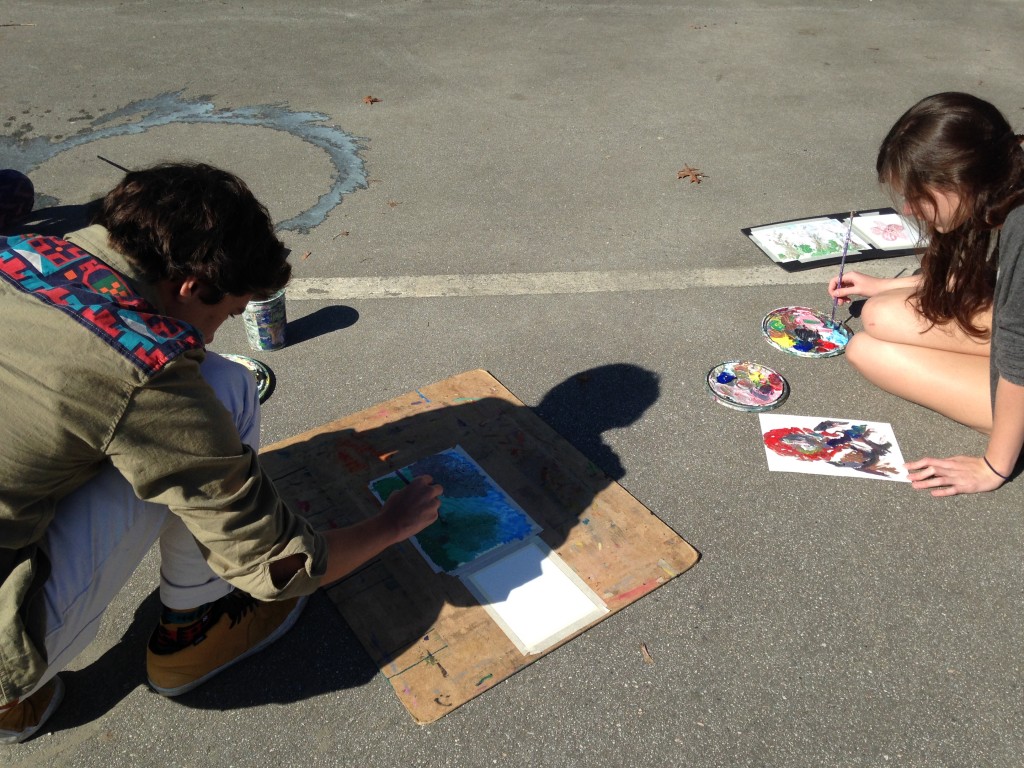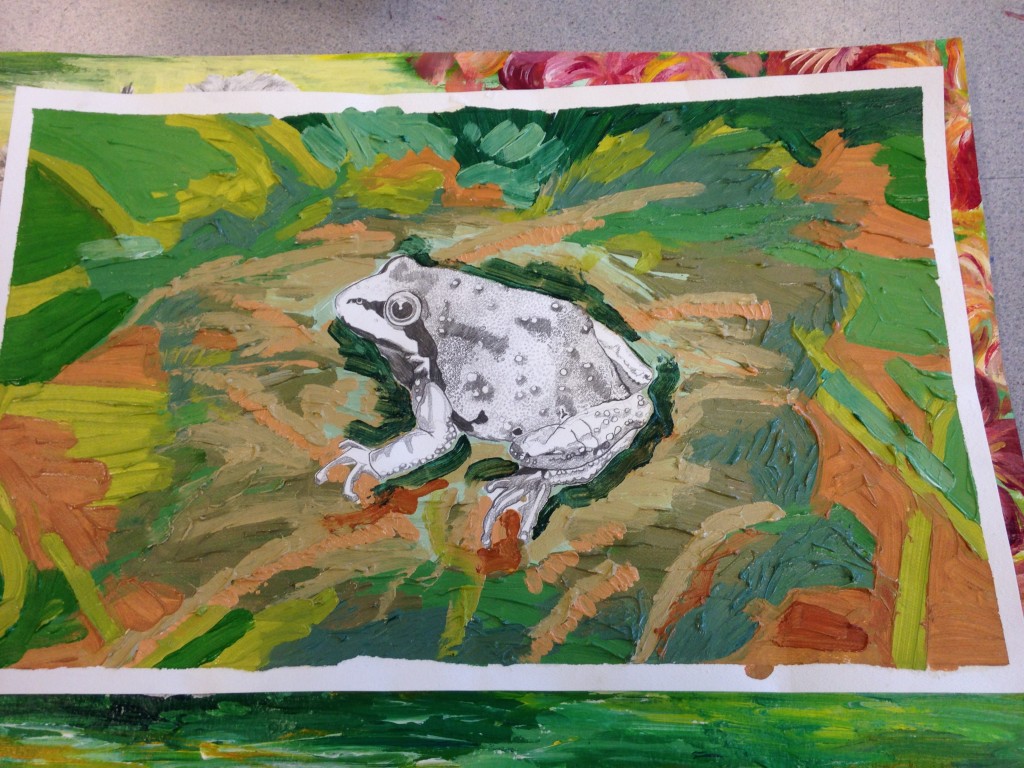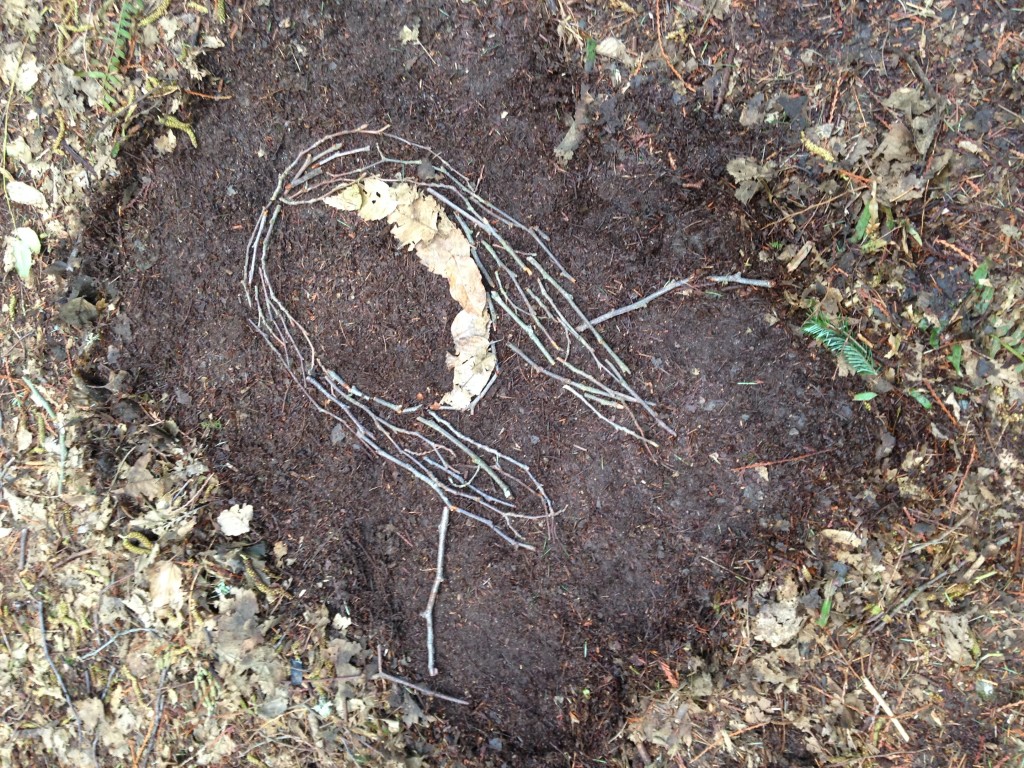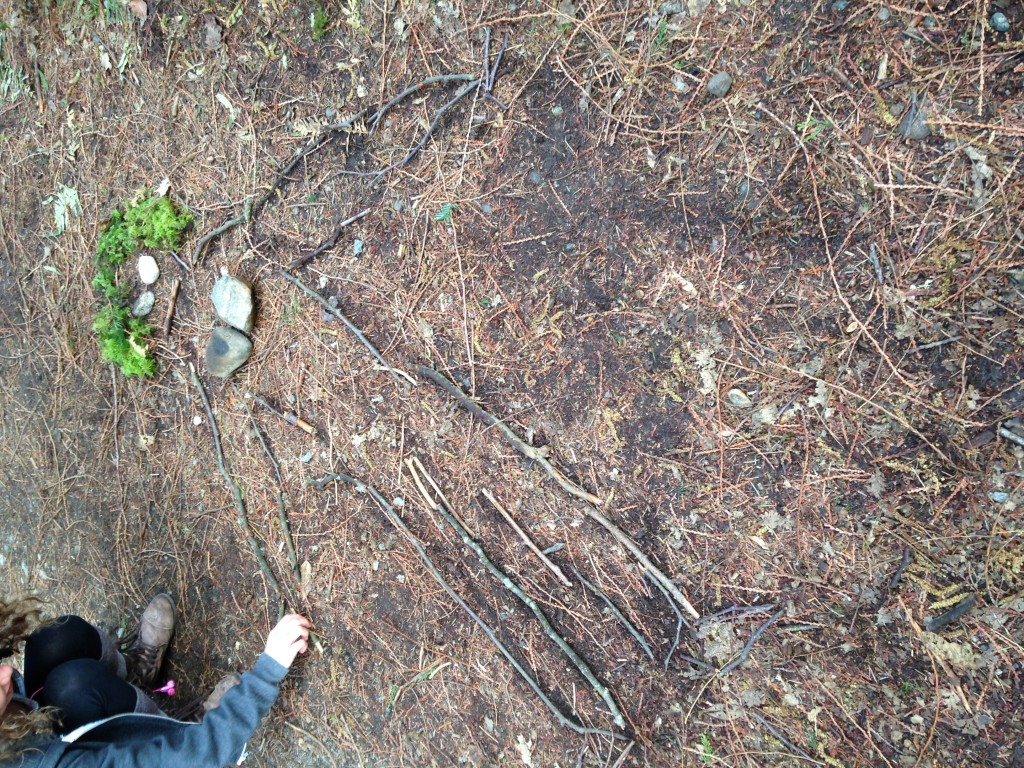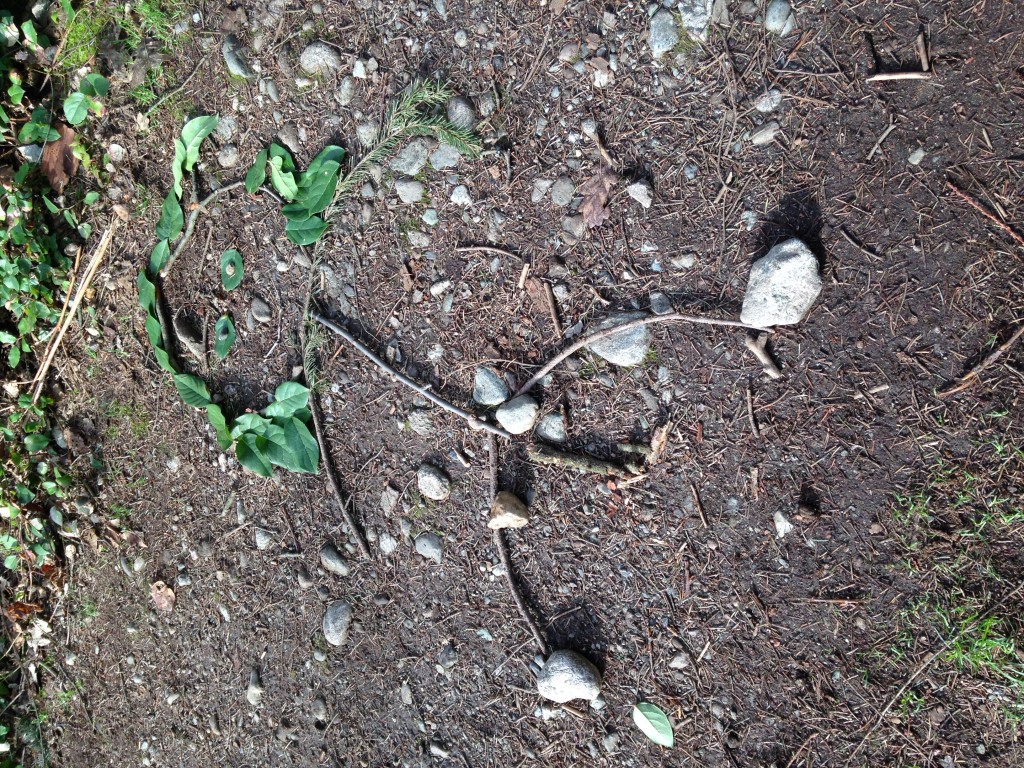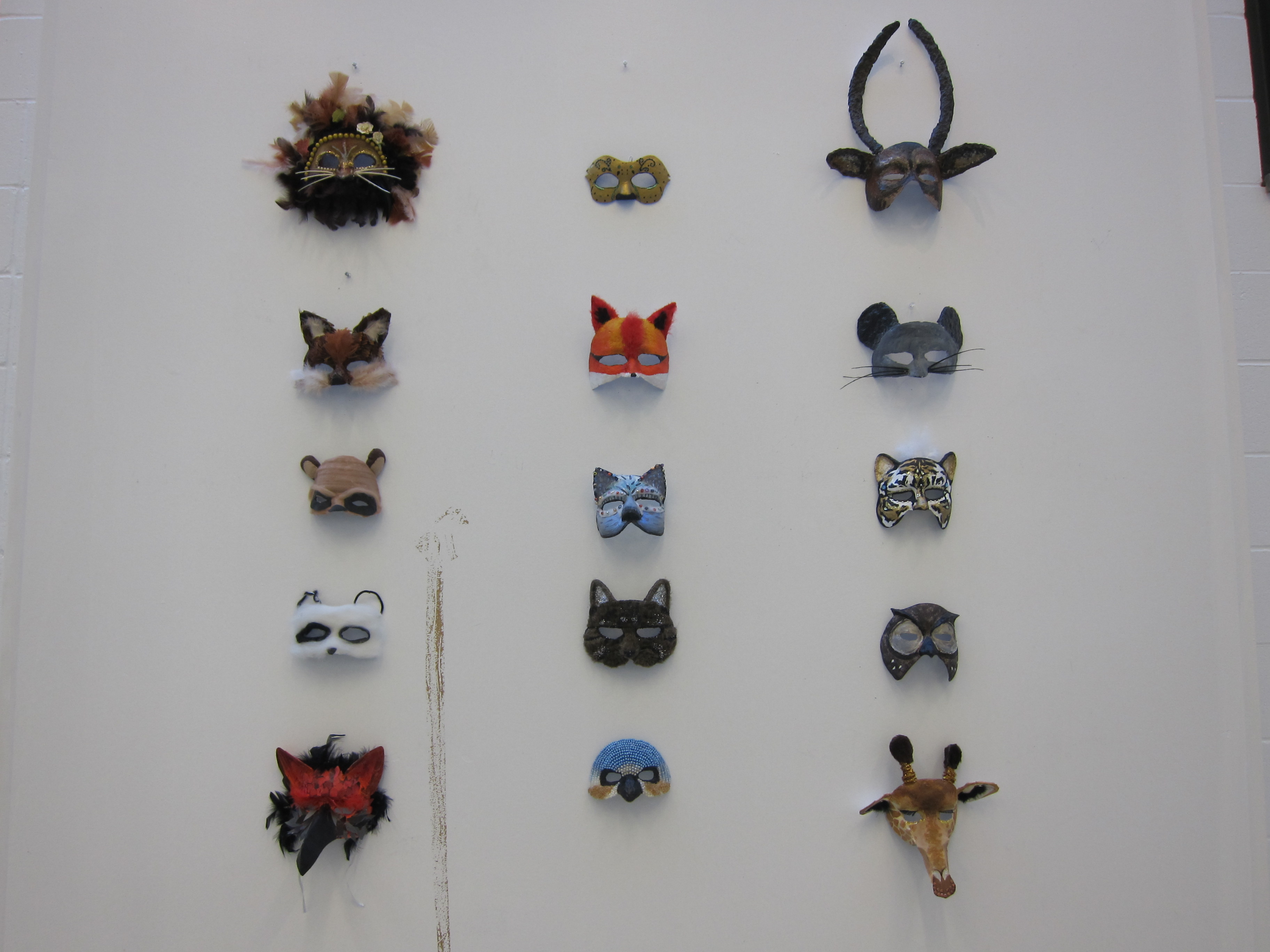My peers and I worked to create a series of pinhole camera lessons, mixing science and the photography art-form together. The video documents our collaboration process. Along with photography and physics, we also imagined that biology, chemistry, social studies and more could be brought into such a project. I certainly learned a lot. I know others would benefit from this sort of collaboration as well!
Category Archives: Reflections
How do you teach values? Should values be taught?
Exploring the meanings and uses of Knowledge.
Going for a new look.
It’s important to keep healthy.
I’ve been working on being the strongest lady in the world. So far dead-lifting 225 Pounds.
Teaching Practicum Week 8
To summarize my practicum so far:
Units taught in Media Arts: Interview Unit (5 lessons), Storyboard + Film the Storyboard Unit (10 lessons), Pixilation Animation Unit (6 – 8 lessons). Visual Storytelling (1 class), Camera Tech (1 class), Scavenger Hunt (2 classes), Montage (4 classes), Commercial Re-edit (5 classes).
Units taught in Visual Arts: Gestural Drawing (4 lessons), Wind Sculptures (4 lessons), Land Art (3 lessons), Comic Book Page (6 – 8). Gestural Drawing (3 lessons), Memes (4 lessons), Fictional Creature Illustration (5 – 7). Implied Texture (3 lessons), Actual Texture (3 lessons), Final Textural Piece (6 lessons).
16 hours working with teacher and student crew filming short film entitled “I am William”. Principal Photography – the shooting of all the scenes.
4 hours setting up the Senior Visual Arts Show in the school gallery, hanging artwork, and arranging pieces.
Handling diversity. Art education allows for accommodation of variety of learners. Concepts were taught visually (visual aids like slide shows, movie clips, posters, visual demonstrations/exemplars) and kinetically (games, activities, outdoor excursions), vocally (short lecture on artists, directors, history of visual culture), as well as through written communication (handouts for students to fill out reciting terminology, and self-reflection/self-evaluation).
Media Art required extensive group work because of limitations of how much equipment must be shared by entire class. Students were randomly assigned groups at first, and then the process organically arrived at students choosing their own groups, which allowed for (surprisingly) more controlled and positive group dynamics.
Similar process in Visual Arts classes – I began by trying random grouping (numbering off students into random groups) and then found that by letting them select groups themselves, they were happier and more productive every time.
Think-pair-share was used on several occasions to encourage more class participation in questioning/discussion times, but I found that overall vocal students remained vocal, while less vocal students remained less vocal.
Hooks and Teaching Strategies overlapped – they became one and the same for me. I strategize, manage and hook students into participating by implementing some sort of visual/oral/activity in conjunction with lecture and work time every class.
Technology used in almost every class (projectors hooked to computers, using visuals and sound). Creating visually engaging slide presentations and including student work in some of those slide presentations.
The most difficult technological issue is trying to keep one step ahead of students learning about film equipment and software in Media Arts classes. I made substantial progress in that realm – I know much more about the software and hardware now, and feel confident that I have a strong base in that knowledge.
Field trips to a nearby park/trail (several blocks away from school, able to leave and return within the same period) and outdoor filming/drawing/showcasing sessions on school property.
I feel that I share many common interests with the students in the realm of Media and Visual Culture. It is a matter of making them become more conscious of why that Media is of interest to them. Showing familiar images (of memes, popular videos, popular advertisements) hook their attention, and then it is a matter of having students discuss the importance of that visual culture around us by posing them the right questions.
The Land Art lesson, after students had learned about Land Artists, and after they had gone out and made work of that kind themselves, went very well. We debriefed on the work they had created, looking at photographs of the ephemeral pieces, and discussed what worked/what did not work so well. The lesson then segued smoothly into Land Art created by past and current cultures, current incarnations of Land Art with First Nations influence (Rock Art, Inuksuks, etc.), and then First Nations oral storytelling into Visual Storytelling (comics). In one class, we accomplished so much. Students saw the importance of temporary work that they had made, its connection to ‘the big picture’ of the entirety of art history, the importance of past and contemporary aboriginal art-making, and then a new perspective on what it means to tell a story visually – more than just a silly comic strip. A group storytelling activity also allowed them to experience the ease of making up stories on the spot.
I am always friendly. I strive to be more stern in terms of consequences, but for the most part, I give reasons to students for each thing I ask of them (assignments must be on time because we all must move on towards new concepts at a steady pace…tell me if you are leaving the classroom because I am responsible for your safety in and outside of the classroom, etc). I think that reward is more positive than punishment.
Collaborative Days included meetings that allowed teachers from different departments to meet over the common goals of helping out/sorting out issues with particular students.
Professional Development Day involved going to a workshop that dealt with bullying – particularly in the case of aboriginal students, but the role-playing scenarios explored at the workshop could definitely be applied to all diversity of students.
Assessment is constantly morphing and progressing. Depending on the group, students can be more inclined towards self-evaluation, being aware and fair about how well they worked on projects, while other groups I handle the marks entirely (although students are always free to discuss a mark with me).
Teaching Practicum Week 7
My teaching philosophy has a lot to do with the observation that many of the students in my classes are not necessarily there to learn a subject that they take seriously – they do not see art as being a serious subject of study to help them in their future careers. So I see my role as an educator as being a catalyst for showing students that the general learning process is fulfilling and intriguing. In this way, I hope to show that art is in every other subject they learn, and that every other subject they learn is related to art.
During this practicum, I haven’t really had a chance to work in an interdisciplinary manner, however, I imagine that the more students can see that all subjects are connected, the more likely they are to recognize each subject is important to their learning as a whole. My personal inquiry has led me to focus on bringing art and outdoor education in particular together (bringing my classes outside as much as possible). Teaching media art has allowed me to bring art and technology together. In the future, one step at a time, I would hope to bring as many other different disciplines together as possible as well.
This week I will be taking two of my visual arts classes down to the library to utilize that particular resource. Although it is place that the students and myself are familiar with, each time I bring students into a new environment during class time, all the regular class dynamics seem to change. I have a general idea as to what I want them to gain and learn from the visit, however, I also would like to anticipate what some of the challenges of that setting might include – not that there should be anything particularly challenging about visiting the library. It’s just that I always seem to overlook small details when it comes to going outside the classroom with my students.
As always, I’m focused on engaging the students and getting them to think critically by considering and planning questions for the class ahead of time.
The following are some examples of ‘land art’ or ‘natural figure drawings’ my students made out on a nearby hiking trail. I thought the projects turned out pretty well for only having a short period of time for them to work on these! It goes to show that working with conventional materials is not always necessary when creating fine art.
Teaching Practicum Week 6
In several of my classes, writing my lesson plans, I began to forget about questioning. Perhaps I was getting too comfortable with questioning techniques – maybe I felt that I could come up most of my central questions on the daily class topics on the spot. Possibly, my lessons were more ‘work time’ oriented and I lost focus on the questioning that supports introducing concepts. In any case, this week was a good time to continue implementing preplanned questioning in my lessons as I was feeling pretty sick and listless. The preplanning was integral to allowing the class to run more smoothly while my mind was running a little more slowly.
Being sick this week also allowed me to think more about using more than just my voice to establish order in the classroom. My throat was feeling awful, and every time I had to give instructions, I was reminded of how using other tools like lights, gestures, noise-making devices, etc., would be awesome.
Goals for coming back after the March Break include testing out some of those tools in classroom management, reworking my rubrics and criteria lists so that they are all in order for upcoming assignments, and of course, catching up on lesson planning (and sleep).
Teaching Practicum Week 5
The midpoint meeting this week allowed me to hear from all angles the areas in which I should be focusing. I heard and processed that I should be paying close attention to making my expectations clearer to students. That is to say, I have specific rubrics and marking criteria for the visual and media arts projects, so I should be making those more accessible to students. Although a personal concern of mine is that students typically disregard printed rubrics and project criteria checklists, I would like to find some way to make those assessment tools and expectations clear to students without necessarily resorting to printing off many paper copies that will inevitably end up on the floor.
My ideas for creating this clarity and accountability in grading involves going through the rubrics and criteria on the overhead projector before starting a new project, and then checking in throughout the project to remind students of those expectations in the same manner. When delivering grades to students formatively and in a summative way, my aim is to meet with students personally to explain why they are receiving the marks that they see. The problem with this plan so far has been that there is no time within classes to meet one on one. I realize only now that these grading meetings need to be explicitly built into my lesson plans or else they will not happen. I would like to prioritize making precise times for assessment part of my lesson plans.
Also discussed during my midpoint meeting was the issue of firmness with my students. I am struggling to transform the relaxed atmosphere that has already been established within some classrooms into a more firm one without losing rapport with students. I know that this is possible, and much of it has to do with language use (example: “you will do this” and not “can you do this for me?”).
Teaching Practicum Week 4
This week I learned that having a period split into a variety of activities helps students to focus. As we flow from one activity to another, students have less of a chance to take out their cellphones and text, or attempt to do last night’s math homework. The challenge is to relate the many different activities back to the main theme or concept of the class. For example, in a Visual Arts classroom, group ice-breaker activities, art history/context presentations, drawing warm-ups and drawing games are all somewhat amenable to art content. The students, I think, feel that their time is being used appropriately in each task, and each task ameliorates their visual skills.
Students in my Media Arts class seemed a little more resistant to having so many different components to each class. Splitting the class into presentation, discussion, lesson and then work period helped to manage student distractions like computer games and cellphone use, however, the students became agitated by the thought of not having the majority of the class to film their projects. Instead, I tried to see what would happen if the project work time in each class was reduced. Perhaps this will drive the students to regard the work time as more ‘precious’. I will have to observe more how this method will work.
In the upcoming week I would like to maintain a high level of energy and activities in my classes. I will be picking up two more classes, and I foresee that it will be a struggle to maintain energy as workload ramps up. I want to get enough sleep, which will require going to bed at 8:30 pm, and maintain a healthy diet. It can be difficult to get groceries with this kind of schedule.
In terms of classroom management, I would like to work on my questioning. Only certain students in each class tend to answer questions. I would like to reach out to students who are more quiet or scared to speak out in front of the class. This might be an occasion to implement the think-pair-share method.





